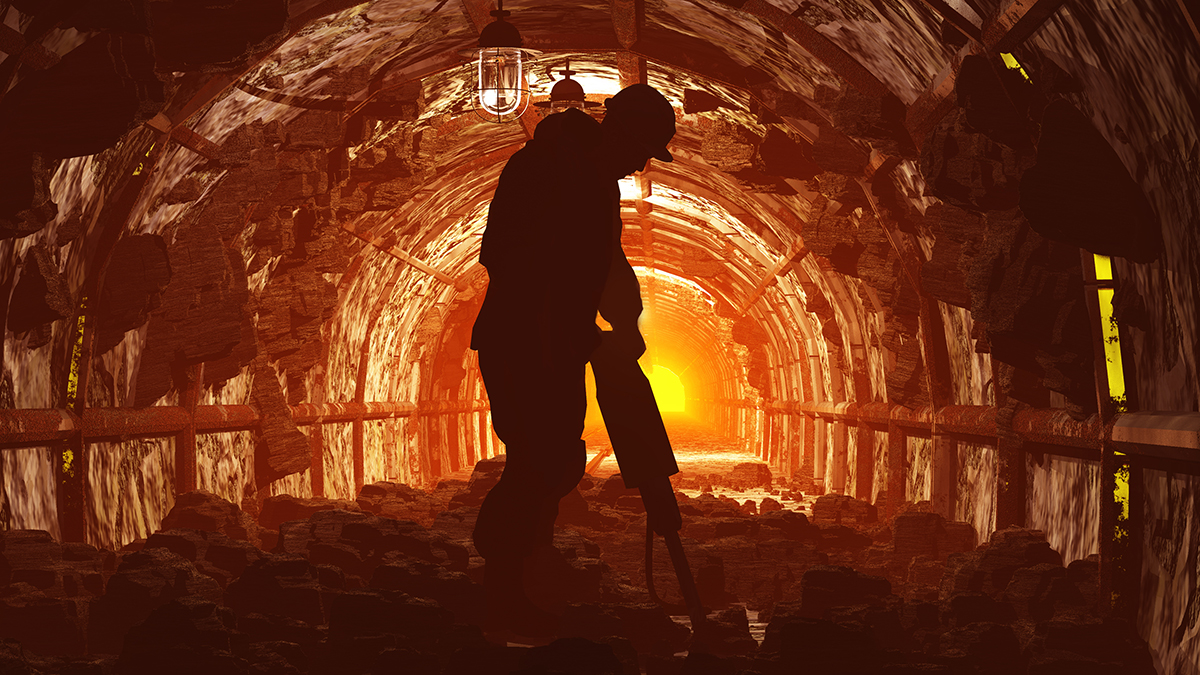The next Gold Rush? Why deep-sea mining sparks controversy
Deep-sea mining may be a risk too far for re/insurers
Technology and regulation race against – not with – each other, as companies and nations seek to harvest the world’s abyssal plains
To say deep-sea mining is controversial understates the fact this nascent industry has already attracted both citizen protests and scientific rebuttals.
The argument against deep-sea mining operations states the obvious: it is one of the very last places on Earth to be untouched. So far, only Norway has voted to allow companies to begin deep-sea mining efforts and its decision, taken at the start of this year, is tendentious.
It is a remarkable choice, since it sees Norway diverge from mounting international consensus. The UK, Canada and New Zealand have each called for a moratorium on the practice and, in July, 32 countries at the general assembly of the International Seabed Authority (ISA) united against the imminent start of deep-sea mining.
As an intergovernmental body comprising 167 member states, what happens at the ISA matters. Its role is to authorise and control the development of “mineral-related operations” on the seabed, which is considered part of the so-called common heritage of all mankind.
Dissenting voices
Dissenting voices against interference with that heritage are echoing across society and the scientific community. At the end of last year, research vessel MV Coco was disrupted by Greenpeace activists who wanted to block The Metals Company’s collection of data to support its application for a mining permit across a section of seabed between Mexico and Hawaii.
Car manufacturer BMW has already pledged not to use materials gathered from deep-sea mining – a bold move, given these activities promise the supply of elements needed for the batteries that will power the electric vehicle revolution.
A spanner in the works of such courage is the ISA’s recent election of a new secretary-general. Leticia Carvalho, a Brazilian oceanographer who inherited the top job from the incumbent, UK barrister Michael Lodge, has said “rebuilding trust” is fundamental. Interviews she gave before her selection suggest the ISA may adopt a softer view of deep-sea mining in the near future.
Companies in the private sector who want to press ahead with this activity reason that recent estimates suggest there could be as much as $16trn-worth of minerals waiting to be exploited on the seabed.
To be clear: commercial deep-sea mining has not yet started anywhere in the world and the ISA does not expect to complete its set of regulations for this until 2025 at the earliest.
Enthusiastic early movers
However, this has not curbed the enthusiasm of organisations such as The Metals Company, which wants to apply for an exploitation licence later this year. If granted, it might begin mining operations before the ISA’s mining code is ready. Advocates of early permits argue seabed minerals are necessary for metal-dependent technologies and industries, and that environmental harm can be mitigated.
Cullen Hendrix, senior fellow at the Peterson Institute for International Economics in Washington DC, describes deep-sea mining as a “frontier technology”. The drive to move mining from land to the seabed may have an element of “out of sight, out of mind”, Hendrix tells Insurance Day.
Little is known about deep-sea mining’s potential impacts. Research published in July by the Massachusetts Institute of Technology suggests if ocean currents are disrupted, the ocean may be able to absorb less carbon from the atmosphere – with dramatic climatic effects.
Hendrix argues the “significant groundswell” of concern about deep sea mining should not be mischaracterised as coming solely from engaged activists and scientists. The ultimate barrier might come from the “investor class”, who are unsure about the environmental impacts of deep-sea mining – and the impact that would have on their reputations.
The rewards are tantalisingly obvious. If some of the supposed $16trn economic potential of deep sea mining can be unlocked, it could be transformative for small and medium-sized national economies. Hendrix likens this to how the offshore oil and gas boom transformed Norway into one of the world’s happiest and wealthiest countries, with the safety net of its sovereign wealth fund to boot. Hendrix believes more countries may try to jump on this Gold Rush bandwagon.
Hélène Galy, managing director of the WTW Research Network, says in an interview with Insurance Day that about 30 nations are interested in deep-sea mining at present. The fact most of the economic potential is believed to lie outside 300-mile exclusive economic zones and in international waters only complicates matters, Galy adds.
Hendrix and Galy paint a picture of technology and regulation racing against – not with – each other, as companies and nations seek to harvest the world’s abyssal plains.
Insurers’ concerns
Where do insurers fit into this race? Galy expects three key concerns for them: technological uncertainty, environmental impact and reputational risk. “If you have environmental groups demonstrating against a company about what they’re doing, it can have a huge impact on their brand. Who wants to be associated with that?”
Stressing there is “no such thing as a free lunch when it comes to risk”, Hendrix says prospective insurers of this new market will have to balance the “devil they know” in terms of terrestrial mining – and its associated impacts – with the unknown risks of deep-sea mining before they can offer insurance products.
“If you have environmental groups demonstrating against a company about what they’re doing, it can have a huge impact on their brand. Who wants to be associated with that?”
Hélène Galy
WTW Research Network
The sheer physical depth of deep-sea mining makes the challenge for insurers even harder, Hendrix says. “It’s going to be very difficult for global civil society to monitor deep sea mining activities. Most organisations – even well-meaning organisations – are probably more likely to cut corners if they don’t think anyone is looking over their shoulder,” he adds.
Deep-sea mining thus contrasts with terrestrial mining, where local communities can observe landslides and demand to know what is happening. The world’s mines are some of the fiercest flashpoints of union-corporate dissent and, even in less regulated markets, a stripmined stretch of land acts as all the evidence lawyers need to prove malpractice.
Hendrix’s simile of a “Gold Rush dynamic” is appropriate. The rush to California in the mid-1800s led of course to the abuse of Native Americans. The neighbours to deep-sea mining operations will be fish, sea mammals, coral and vegetation. Just because Mother Earth cannot take companies to court for abuse of the environment, it does not mean deep-sea mining should proceed.



